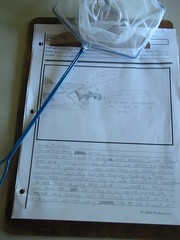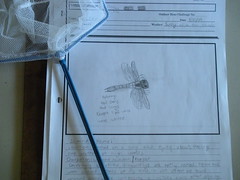
More Nature Study Book #4
Summer Pond Study: Turtles and Pondweed
Inside Preparation Work:
- Read in the Handbook of Nature Study about Turtles on pages 204-209 (Lesson 52). Also read about Pondweed on pages 498-500 (Lesson 130).
- Ebook Users: Use the Pond Study Cross-section Notebook page as a way to generate interest for this challenge. You can complete the page during your outdoor time if you would like. Here is a link to something similar online: Pond Habitat.
- Advanced Study: Pond Life– Watch this YouTube on Wetlands/Ponds. View and read in the Handbook of Nature Study pages 400-403 (Lesson 102). Use this information as you make your observations at your local pond. Here is another idea for the field: Guide to Pond Dipping.
- Look for opportunities to spend your outdoor hour time at a pond. Ponds are a center of many nature study opportunities. Let your child lead your pond time (with your careful supervision).
- Use the ideas from the lessons in the Handbook of Nature Study to observe closely any turtles or pondweed that you find. Make sure to keep an eye out for anything of interest that you can follow up with in the Handbook of Nature Study (see the box below for more ideas for your pond study).
- Follow-up with any interest that you found during your pond study. Use the Handbook of Nature Study as a reference for any additional subjects that came up. Make a nature journal entry for your turtle or pondweed. Ebook Users: There are two coloring pages to use in your nature journal: Pond Turtle and Box Turtle.
- Advanced Study: You can research individual turtles for you nature journal. Use this website for more information: Turtles and Tortoises of the United States.
- Advanced Study: Use the information from the Wetlands/Ponds video and create your own pond life images. You can record any pond dwellers in your nature journal. Ebook Users: There is also an additional notebook page to use if you have more to record.
Western Pond Turtle Project on YouTube.com
Painted Turtle Digging a Hole to Lay Eggs on YouTube.com
Painted Turtles in a tank habitat on YouTube.com—Nice way to see the turtles eating...just like a field trip to a zoo.
My Pond Study page on Squidoo.com.
As a bonus for this challenge I am including the Summer Pond Study notebook page and the Pond Study Grid from the August 2011 Newsletter!

All the summer challenges for 2012 are included in the new More Nature Study Book #4 Summer Sizzle ebook. The challenges in the ebook are the same challenges that will post every Friday here on my blog. If you want to follow along with notebook pages and coloring pages, click over and learn more about the ebook.

All the summer challenges for 2012 are included in the new More Nature Study Book #4 Summer Sizzle ebook. The challenges in the ebook are the same challenges that will post every Friday here on my blog. If you want to follow along with notebook pages and coloring pages, click over and learn more about the ebook.















